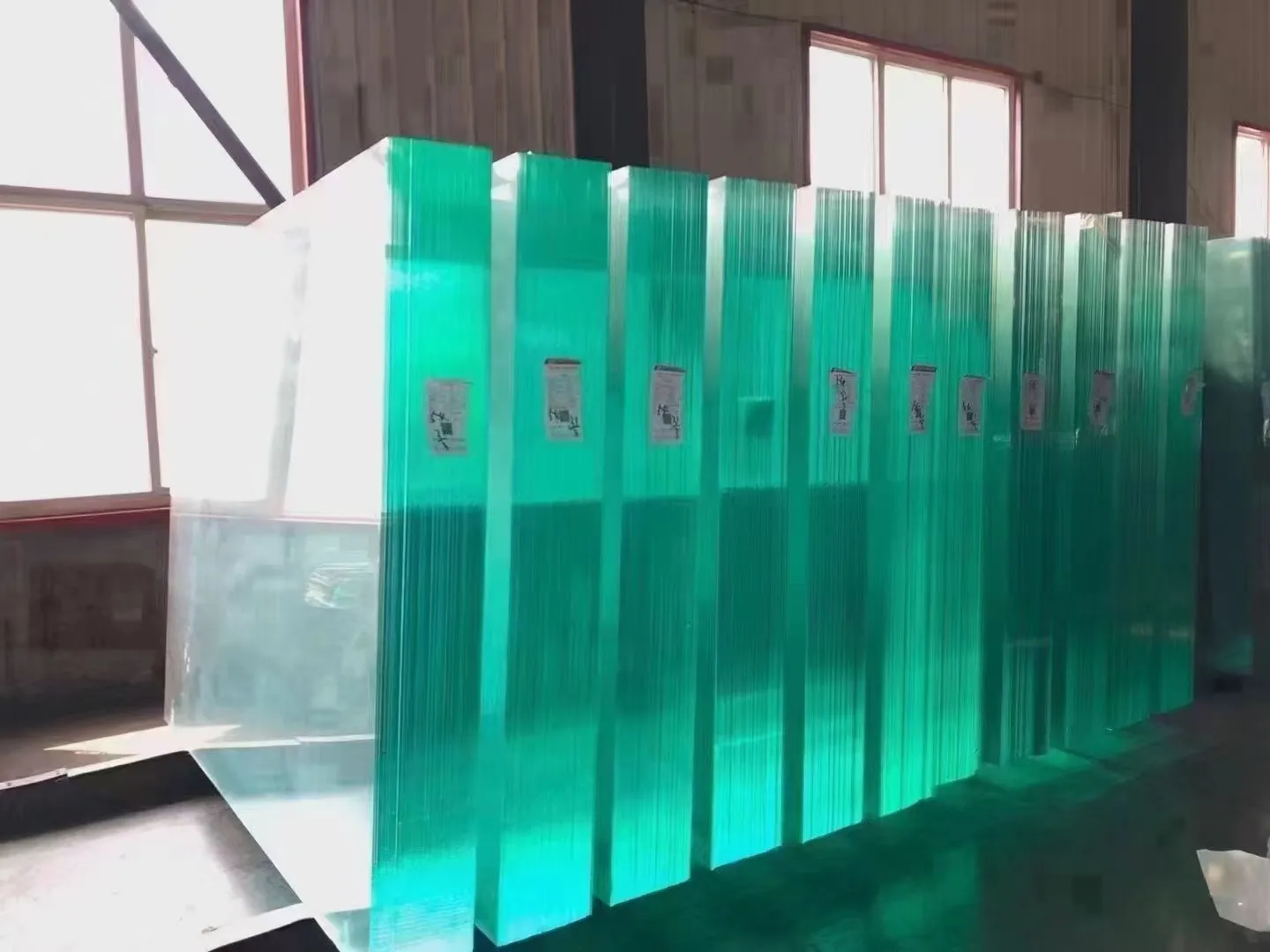Exploring Innovative Float Glass Designs
Float glass, a type of flat glass that is formed by floating molten glass on top of molten tin, has revolutionized the construction and design industries by providing an incredibly versatile material that can be shaped, colored, and treated to meet a myriad of aesthetic and functional purposes. In recent years, the designs incorporating float glass have expanded tremendously, showcasing the creative possibilities that this material offers. This article explores some of the innovative designs utilizing float glass, along with their applications and benefits.
One of the most prominent features of float glass is its clarity and smoothness. These characteristics make it ideal for a variety of architectural applications, especially in modern buildings where transparency and openness are key design principles. Large glass facades have become synonymous with high-end commercial projects, providing sweeping views and maximizing natural light. Such designs not only enhance the aesthetic appeal of the building but also contribute to energy efficiency by reducing the need for artificial lighting during the day.
In residential design, float glass is being creatively employed in elements such as sliding doors, windows, and even entire walls that create a seamless transition between indoor and outdoor spaces. Designers are increasingly experimenting with the thickness, texture, and tint of float glass to add depth and personality to homes. For instance, frosted or etched glass can be used to provide privacy without sacrificing natural light. Similarly, colored glass can act as a striking visual feature, setting the tone and mood of a space.
Another fascinating trend in float glass design is its use in furniture. Designers are incorporating glass tables, shelves, and even décor pieces that utilize the sleekness and strength of float glass to create contemporary living environments. These pieces often blend aesthetic appeal with practicality, as glass surfaces are easy to clean and maintain. Moreover, the minimalist aesthetic achieved with glass can enhance the spatial perception of a room, making it appear larger and more open.
float glass designs
The integration of float glass in urban spaces has also seen major advancements. Glass canopies, walkways, and bridges allow for stunning architectural expressions while providing functional advantages like protection from the elements. When used in public spaces, float glass can create inviting areas that encourage social interaction, blending natural elements with architectural design. Transparent structures can provide a sense of safety and transparency in urban settings while enriching the overall experience of the environment.
Additionally, the sustainability aspect of float glass designs has gained traction. Many manufacturers are now producing fully recyclable glass, making it an environmentally friendly option. Its longevity and durability mean that buildings and products made from float glass require less frequent replacement, reducing waste over time. Innovative designs have also seen glass treated with energy-efficient coatings that help regulate temperature and reduce heat loss, promoting more sustainable living and working conditions.
In decorative arts, float glass is being used in an artistic context, such as in the creation of mosaics, sculptures, and installations. Artists are pushing the boundaries of traditional art forms by innovatively using glass to express ideas, emotions, and narratives. This has led to an exciting intersection of architecture and art, where immersive experiences are created through the conceptual use of light and transparency.
Moreover, the versatility of float glass allows for endless customization opportunities. From digitally printed graphics to unique colors and textures, designers can tailor float glass to enhance their creative vision. This level of customization not only showcases the artistic potential of the material but also caters to specific client needs and preferences.
In conclusion, the evolution of float glass designs is a testament to the material’s adaptability and expansive potential. Whether in architecture, furniture design, urban planning, or the arts, float glass continues to inspire innovative solutions that blend functionality with beauty. As sustainability becomes increasingly critical in design practices, float glass offers a forward-thinking approach to creating spaces that are as environmentally responsible as they are visually captivating. With ongoing advancements in glass technology and design, the future looks bright—quite literally—for float glass in myriad applications.
 Afrikaans
Afrikaans  Albanian
Albanian  Amharic
Amharic  Arabic
Arabic  Armenian
Armenian  Azerbaijani
Azerbaijani  Basque
Basque  Belarusian
Belarusian  Bengali
Bengali  Bosnian
Bosnian  Bulgarian
Bulgarian  Catalan
Catalan  Cebuano
Cebuano  Corsican
Corsican  Croatian
Croatian  Czech
Czech  Danish
Danish  Dutch
Dutch  English
English  Esperanto
Esperanto  Estonian
Estonian  Finnish
Finnish  French
French  Frisian
Frisian  Galician
Galician  Georgian
Georgian  German
German  Greek
Greek  Gujarati
Gujarati  Haitian Creole
Haitian Creole  hausa
hausa  hawaiian
hawaiian  Hebrew
Hebrew  Hindi
Hindi  Miao
Miao  Hungarian
Hungarian  Icelandic
Icelandic  igbo
igbo  Indonesian
Indonesian  irish
irish  Italian
Italian  Japanese
Japanese  Javanese
Javanese  Kannada
Kannada  kazakh
kazakh  Khmer
Khmer  Rwandese
Rwandese  Korean
Korean  Kurdish
Kurdish  Kyrgyz
Kyrgyz  Lao
Lao  Latin
Latin  Latvian
Latvian  Lithuanian
Lithuanian  Luxembourgish
Luxembourgish  Macedonian
Macedonian  Malgashi
Malgashi  Malay
Malay  Malayalam
Malayalam  Maltese
Maltese  Maori
Maori  Marathi
Marathi  Mongolian
Mongolian  Myanmar
Myanmar  Nepali
Nepali  Norwegian
Norwegian  Norwegian
Norwegian  Occitan
Occitan  Pashto
Pashto  Persian
Persian  Polish
Polish  Portuguese
Portuguese  Punjabi
Punjabi  Romanian
Romanian  Russian
Russian  Samoan
Samoan  Scottish Gaelic
Scottish Gaelic  Serbian
Serbian  Sesotho
Sesotho  Shona
Shona  Sindhi
Sindhi  Sinhala
Sinhala  Slovak
Slovak  Slovenian
Slovenian  Somali
Somali  Spanish
Spanish  Sundanese
Sundanese  Swahili
Swahili  Swedish
Swedish  Tagalog
Tagalog  Tajik
Tajik  Tamil
Tamil  Tatar
Tatar  Telugu
Telugu  Thai
Thai  Turkish
Turkish  Turkmen
Turkmen  Ukrainian
Ukrainian  Urdu
Urdu  Uighur
Uighur  Uzbek
Uzbek  Vietnamese
Vietnamese  Welsh
Welsh  Bantu
Bantu  Yiddish
Yiddish  Yoruba
Yoruba  Zulu
Zulu 

